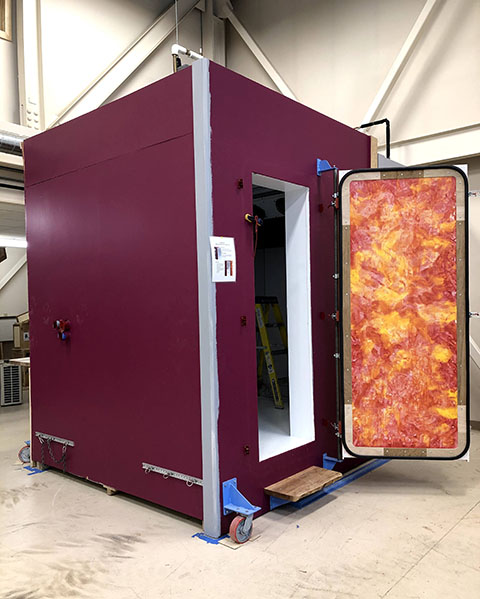Heat Pump Testing under Alaska Conditions

Heat pumps are being used more widely in Alaska. In fact, Southeast Alaska has new initiatives to help homeowners save money on the installation by participating in communitywide bulk purchase programs.
But, how well do heat pumps work in a cold climate? A recent story published by the National Renewable Energy Laboratory features Tom Marsik’s research on heat pumps in Alaska’s cold conditions.
“It’s exciting because they are operating at lower temperatures than they historically have, which means they have the potential to reduce the consumption of fossil fuels in cold climates,” Marsik said, as quoted in the article.
Marsik is the chief scientist and research advisor for the Cold Climate Housing Research Center and the National Renewable Energy Lab, in addition to being an ACEP researcher and professor at UAF’s Bristol Bay Campus.
Marsik and the engineering research teams at ACEP and CCHRC, led by project principal investigator Vanessa Stevens, are testing the efficiency of air-source heat pumps in extreme cold conditions in the newly designed and installed 40-below-zero chamber in Fairbanks.
The results of the project will add to the body of work already conducted on heat pumps in Alaska by CCHRC and ACEP, giving an even better grasp on the efficacy of the systems under very cold conditions.
This project is part of the U.S. Army-funded Engineer Research and Development Center project, “Secure and Resilient Power Generation in Cold Region Environments.”
For more information on heat pumps, contact Tom Marsik at tmarsik@alaska.edu.
At NREL's Cold Climate Housing Research Center in Fairbanks, Alaska, a cold chamber is used to evaluate how heating appliances and wall designs hold up in Alaska — including an air-source heat pump study beginning now. Photo by Vanessa Stevens, NREL



